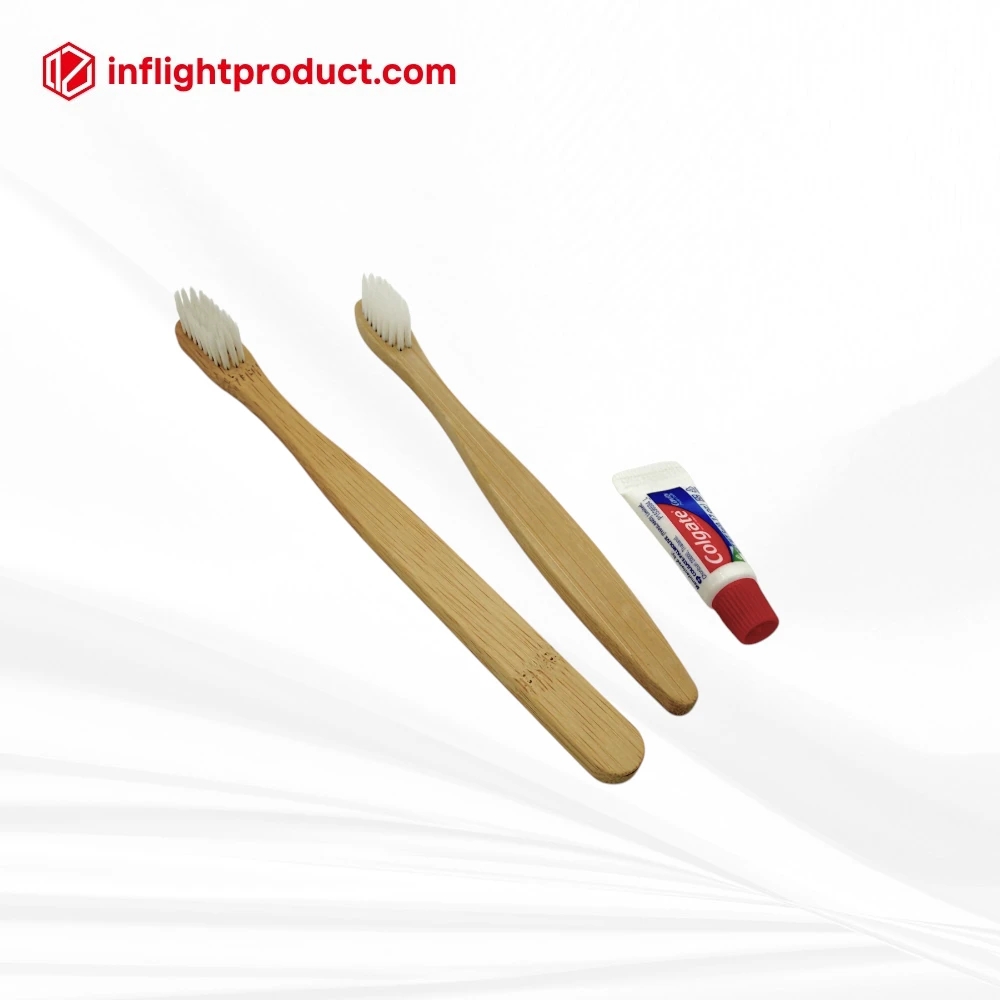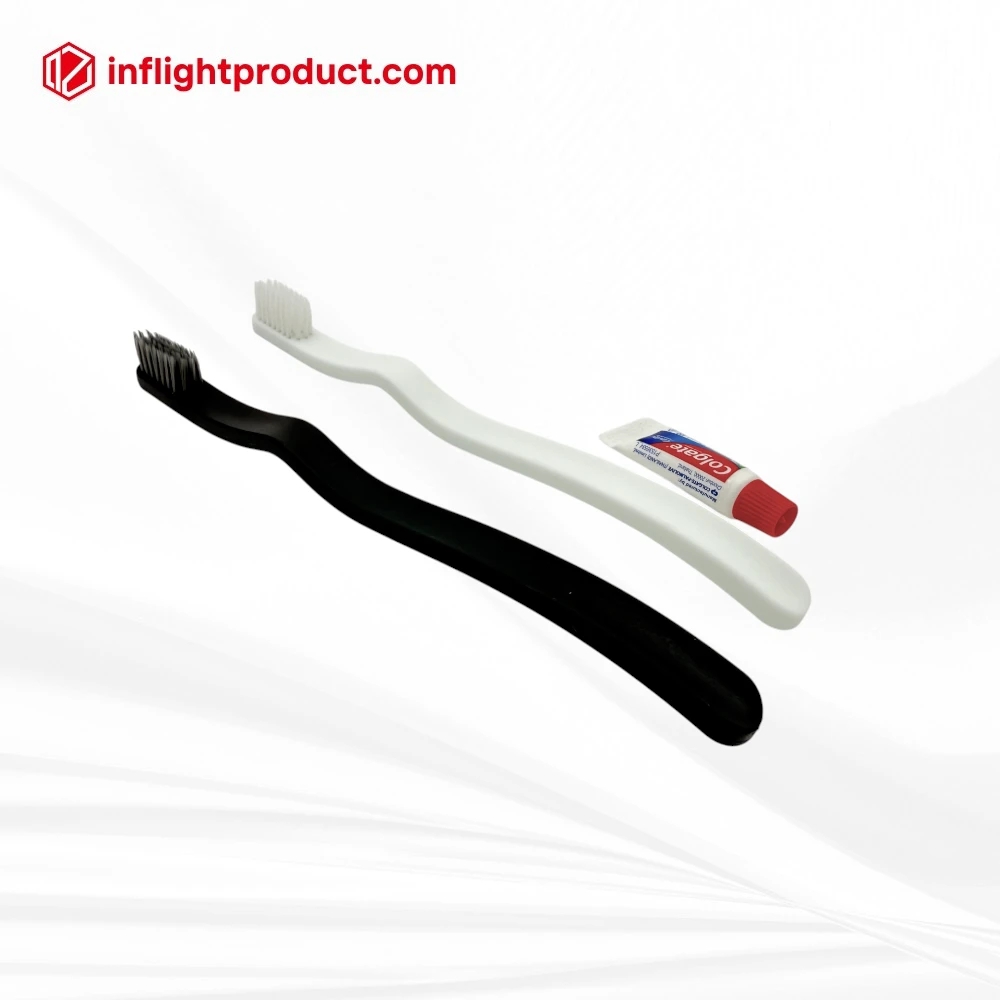How to Select Suppliers for Airline In-Flight Amenity Kits: A Comprehensive Guide
When airlines aim to elevate passenger experience through premium in-flight amenity kits, selecting the right supplier involves evaluating multiple dimensions beyond basic product functionality. From material sustainability to design innovation, here’s a structured approach to supplier selection.
1. Compliance with Industry Standards and Certifications
Aviation suppliers must adhere to stringent regulatory requirements to ensure product safety and authenticity. Key certifications to prioritize include:
- ISO 9001 Quality Management Systems: Demonstrates consistent production processes and defect control.
- OEKO-TEX Standard 100: Certifies textiles and materials are free from harmful substances, critical for skincare products and fabrics.
- FSC or PEFC Certifications: For packaging materials, ensures sustainable sourcing of wood or paper-based components.
For example, a supplier providing organic skincare products should hold certifications like COSMOS Organic or Ecocert, while electronics (e.g., USB chargers) must comply with regional safety standards like CE or FCC. Airlines should request copies of these certifications and cross-verify them with issuing bodies to avoid counterfeit claims.
2. Sustainability and Ethical Practices
With passengers increasingly valuing eco-conscious travel, suppliers must align with sustainability goals. Evaluate suppliers based on:
- Material Innovation: Use of recycled plastics, biodegradable fabrics, or plant-based alternatives. For instance, some suppliers now offer amenity kits made from ocean-bound plastic or agricultural waste.
- Circular Economy Initiatives: Programs to refill or repurpose kits post-flight, reducing landfill waste. A notable case is a Nordic airline partnering with suppliers to donate unused toiletries to shelters.
- Ethical Labor Practices: Ensure manufacturing facilities comply with labor laws, including fair wages and safe working conditions. Suppliers should provide audits from third-party organizations like Sedex or Fair Wear Foundation.
Airlines can request sustainability reports or visit production sites to assess environmental and social governance (ESG) practices firsthand.

3. Design Customization and Cultural Sensitivity
Amenity kits should reflect the airline’s brand identity while catering to diverse passenger preferences. Key considerations include:
- Co-Branding Opportunities: Suppliers with in-house design teams can create kits that integrate airline logos, color schemes, or thematic elements (e.g., a Middle Eastern carrier incorporating local art patterns).
- Gender-Neutral and Inclusive Options: Offering unisex designs or adjustable components (e.g., eye masks with elastic bands for different head sizes) ensures broad appeal. Some airlines now provide “his-and-hers” kits with tailored skincare products for men and women.
- Cultural Adaptability: For international routes, kits should avoid symbols or colors that may carry unintended meanings in specific regions. A supplier with global experience can advise on localized design tweaks.
Collaborating with suppliers during the design phase—through focus groups or passenger surveys—can help refine features like zipper durability or compartment layout for practicality.
4. Supply Chain Resilience and Logistics Efficiency
Reliable delivery and inventory management are non-negotiable. Key factors to assess:
- Production Capacity: Suppliers should demonstrate the ability to scale orders during peak travel seasons without compromising quality. A history of delayed shipments or stockouts is a red flag.
- Global Distribution Networks: For airlines operating across continents, suppliers must have warehouses or partners in key regions to minimize lead times. For example, a supplier with facilities in Europe, Asia, and the Americas can ensure timely restocking.
- Contingency Planning: Ask about backup manufacturing sites or alternative sourcing strategies in case of geopolitical disruptions or natural disasters.
Airlines should also evaluate suppliers’ IT systems for real-time inventory tracking and order transparency, reducing the risk of miscommunication.

5. Innovation and Technology Integration
To stay competitive, suppliers must offer cutting-edge features that enhance passenger convenience. Examples include:
- Smart Packaging: QR codes linking to product tutorials or sustainability info, or RFID tags for inventory automation.
- Multi-Functional Designs: Kits that double as tablet holders, passport covers, or charging stations post-flight.
- Personalization Options: Modular kits where passengers can select specific items (e.g., skincare variants or snack choices) via pre-flight apps.
Suppliers investing in R&D—such as partnerships with tech startups or design institutes—are more likely to deliver innovative solutions that differentiate an airline’s offering.
Conclusion
Selecting an amenity kit supplier requires balancing regulatory compliance, sustainability, design innovation, and logistical reliability. By prioritizing transparency in certifications, fostering eco-friendly practices, and collaborating on culturally resonant designs, airlines can create kits that not only meet passenger expectations but also reinforce brand loyalty. Regular audits and pilot partnerships with shortlisted suppliers can further mitigate risks before committing to long-term contracts.